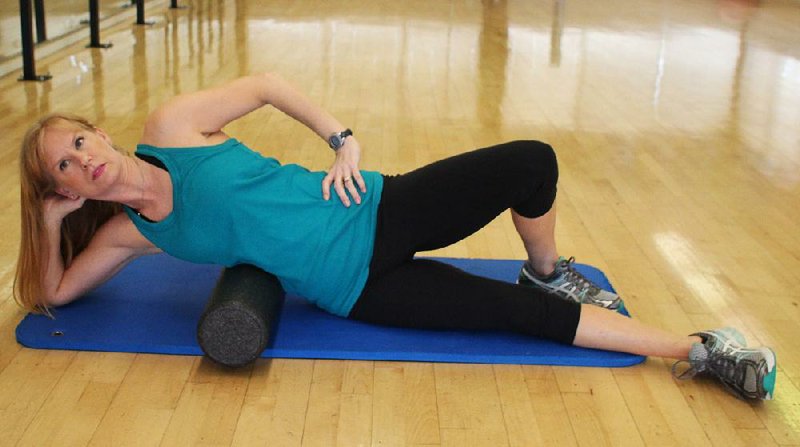Delayed onset muscle soreness is one of the less appealing aspects of strength and conditioning.
No one really looks forward to feeling achy and sore two days after a workout, particularly if the discomfort lasts a while.
This week, I'll present a few strategies that could help to reduce delayed onset muscle soreness, and then I'll present an exercise designed for that purpose.
Given the fact that delayed onset muscle soreness has been around as long as strength training, countless methods have been used to fend it off. People have tried heat, ice, rest, more exercise, extra hydration, eating more salt, eating less salt, getting massages, eschewing massages, popping pain pills or anti-inflammatories before exertion, eating special foods or drinking magical mixtures ... all kinds of notions.
To move beyond superstitious practices, we must first understand what causes the condition before employing strategies to prevent or treat it.
Although research hasn't been unequivocal in this area, most experts agree that soreness is primarily caused by micro trauma to the muscle fibers. Interestingly enough, these tiny tears occur almost exclusively during eccentric (muscle lengthening) contractions (for example, when you run downhill, the quadriceps contract while lengthened). These two pieces of data are extremely helpful, because together they give us enough information to prevent and to treat soreness.
Eccentric contractions are created when a muscle is lengthened under resistance. This type of contraction is part of almost any dynamic strength exercise, but slower eccentric contractions under heavy loads will dramatically increase muscle soreness.
To use an extreme example, imagine a barbell squat with 90 percent of your one-repetition maximum performed with a 10-second lowering (eccentric) phase. Not only would this be incredibly difficult (nearly impossible), it would cause severe muscle soreness due to the resistance level and length of time of the eccentric contraction. Obviously, this is a worst-case scenario that should be avoided.
Under normal circumstances, one can do more isometric contractions to reduce soreness. Planks, wall sits and other isometric exercises can be fantastic for developing muscular endurance without much risk for extreme soreness.
The elimination of the eccentric phase is not always possible, but is useful if the desired outcome is to avoid soreness at all costs.
But most people will perform eccentric contractions during strength training, so there's a good chance that delayed onset muscle soreness will occur at some point. There are a couple of useful strategies to try after damaging exertions:
First, try foam rolling the target muscle groups. Research has shown some limited success with foam rolling as a means of reducing muscle soreness 24 to 72 hours after training.
If soreness is particularly painful, an ice bath is another useful tool that will help to reduce inflammation and speed up healing. Finally, nonsteroidal anti-inflammatory medication can ease discomfort.
This week's exercise is designed to reduce muscle soreness through the use of foam rolling. The Lat Roller is an easy way to follow up a back workout and is appropriate for all fitness levels.
1. Select a moderately firm foam roller and an exercise mat. Position yourself with the right side of your torso on the foam roller on the floor.
2. Your right hand should be behind your head, supporting your neck. Your right leg is just resting on the floor, but your left knee is up so you'll be able to use your left foot to roll your body.
3. Roll up and down so the foam roller massages your right lattisimus dorsi muscle.
4. Roll for 20 seconds, then repeat on the left side.
When using the foam roller, be sure to move very slowly and deliberately. The idea is to help blood flow within the muscle and improve the tightness associated with strength training. To do that, a very slow technique is recommended.
Matt Parrott has a doctorate in education (sport studies) and a master's in kinesiology and is certified by the American College of Sports Medicine.
vballtop@aol.com
ActiveStyle on 04/20/2015
